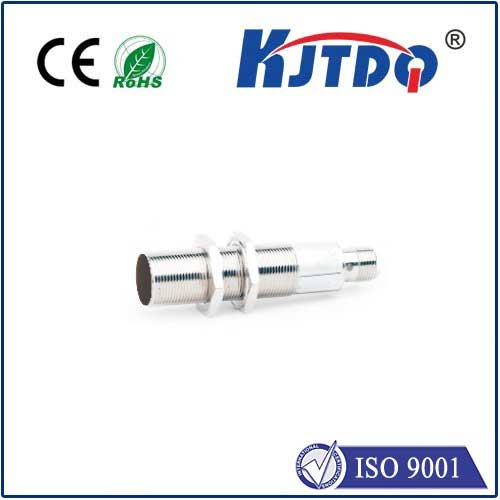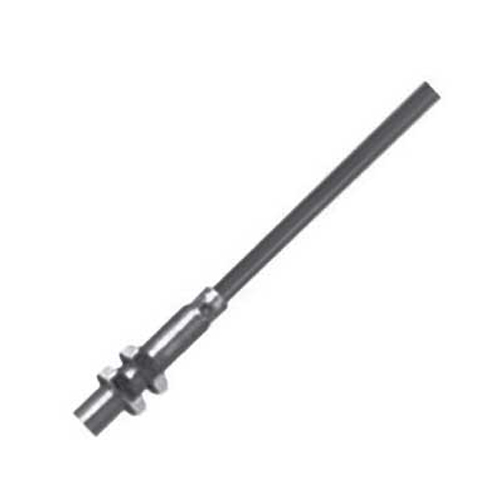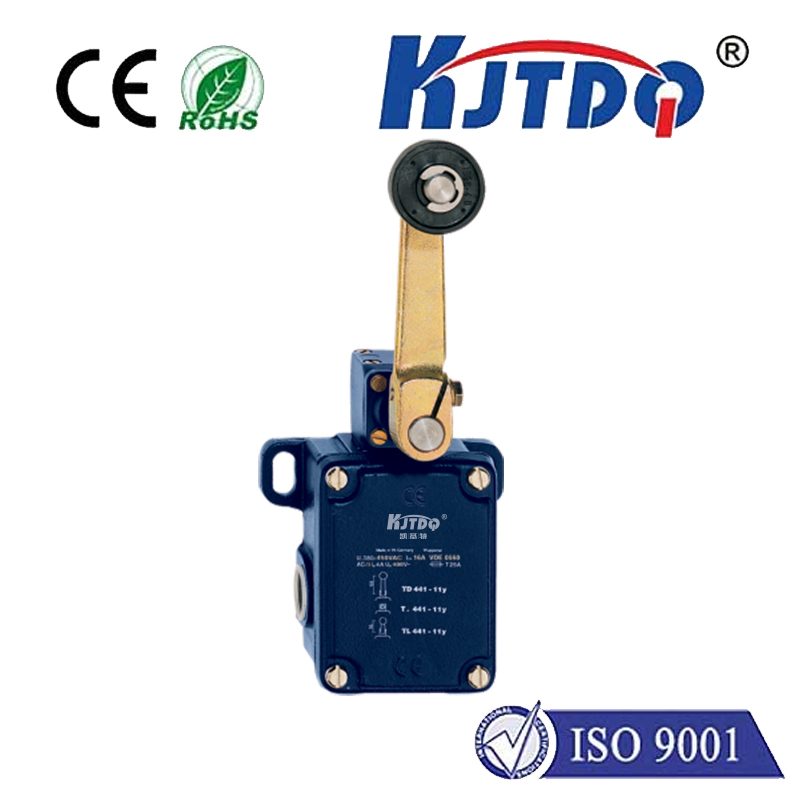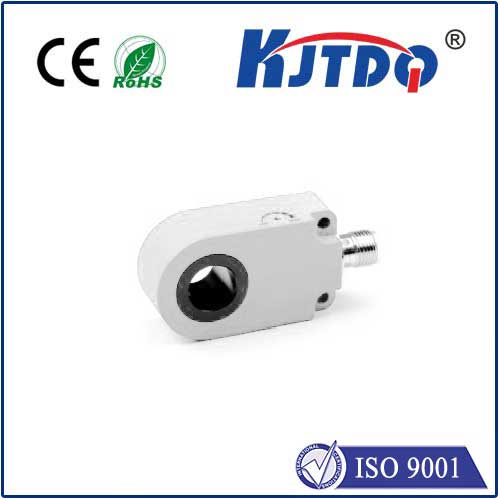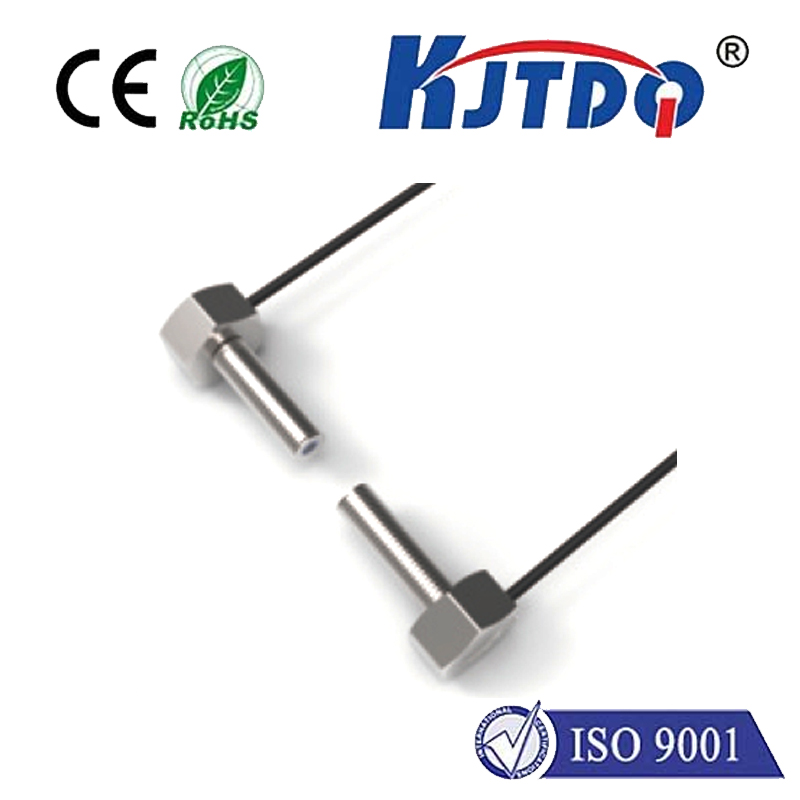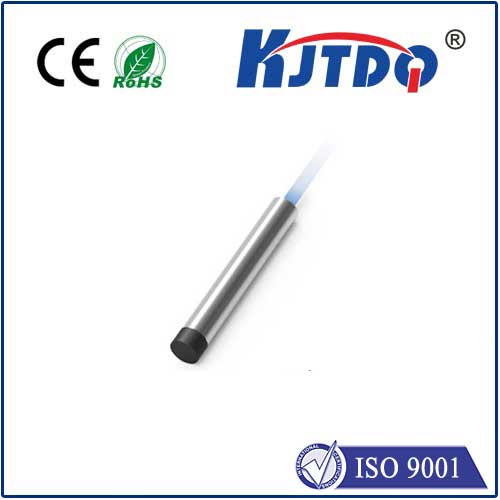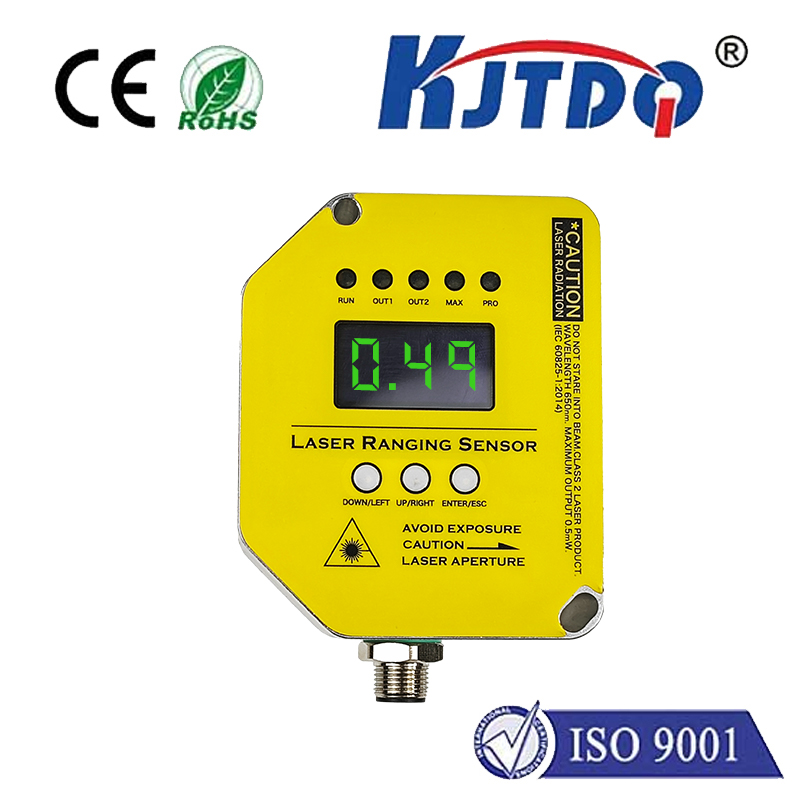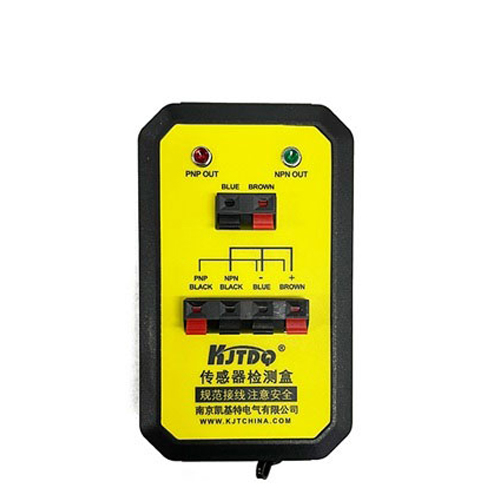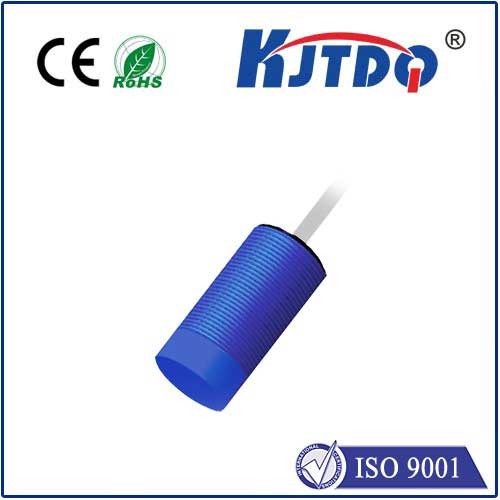

check

check

check

check

check

check

check

check

check

check

Title: The Dual Marvels of Modern Sensing Technology: Proximity Sensor and Inductive Sensor In the ever-evolving realm of technology, sensors have become integral components that enable devices to perceive their surroundings and interact accordingly. Two such fascinating innovations are the proximity sensor and the inductive sensor. These marvels of modern engineering serve distinct purposes yet share the common goal of enhancing environmental awareness within various applications. This article delves into the unique characteristics and functionalities of proximity sensors and inductive sensors, shedding light on how they transform everyday devices into smart, responsive machines. Proximity Sensors: Bridging the Gap Between Objects and Devices Proximity sensors are electronic devices designed to detect the presence of objects without any physical contact. They work by emitting an electromagnetic field or a beam of electromagnetic radiation (such as infrared) and looking for changes in the field or return signal. When an object comes close to the sensor, it alters the field or reflects the radiation back to the sensor, triggering an electrical response. These sensors find广泛的应用 in smartphones, where they facilitate features like screen auto-dimming and facial recognition. In industrial settings, they ensure machinery safety by stopping equipment when human presence is detected too close. Additionally, proximity sensors contribute to the seamless operation of automatic doors, alarm systems, and vehicle parking assistance. Their ability to sense objects from a distance makes them indispensable in creating user-friendly and intelligent systems. Inductive Sensors: Unveiling the Mysteries of Metal Detection In contrast, inductive sensors specialize in detecting metallic objects. They consist of a coil that generates an electromagnetic field when an alternating current passes through it. When a metal object enters this field, it disrupts the flow, creating eddy currents within the object. This disruption affects the impedance of the coil, which the sensor detects as a change and converts into an electrical signal. Inductive sensors excel in industrial automation, where they count parts on conveyor belts, verify the presence of metal components during assembly processes, or monitor the level of liquids containing metals. Their robustness and reliability make them well-suited for harsh environments, ensuring continuous operation regardless of dust, oil, or vibrations. Furthermore, these sensors play a crucial role in security systems, including metal detectors at airports and access control panels. A Harmonious Coexistence While proximity sensors and inductive sensors cater to different needs, they often coexist harmoniously within complex systems. For instance, a robotic arm equipped with both types of sensors can accurately manipulate objects, avoiding obstacles (thanks to proximity sensors) while ensuring proper grip strength and placement (made possible by inductive sensors). Such synergy showcases the versatility and complementary nature of these sensing technologies. Conclusion The advent of proximity and inductive sensors marks a significant leap forward in our capacity to endow machines with situational awareness akin to human senses. As research advances and integration techniques improve, we can anticipate even more innovative uses emerging from the union of these technologies. From streamlining manufacturing processes to enhancing daily conveniences, proximity and inductive sensors continue to redefine the boundaries of what’s possible in the realm of sensing technology.
